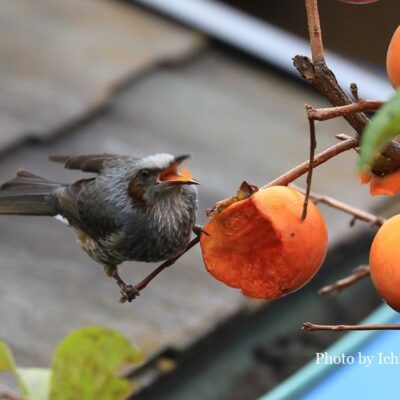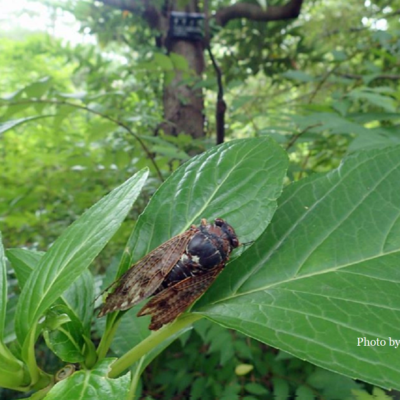02.03

そろそろ日本も外国人労働者を根底から見直すべき時期が到来しているのでは?/Isn’t it time for Japan to rethink foreign workers from the ground up?
(English follows after Japanese)
2007年から外国人雇用状況届出制度がスタートしています。
以下のグラフは2008年から2021年までの14年間の推移となります。

最新、昨年10月末現在の外国人労働者数をみると、172万7,221人。前年比2,893人(+0.2%)の増加、また外国人を雇用する事業所数は28万5,080カ所で、同1万7,837カ所の増加(+6.2%)と、いずれも過去最高を更新しています。
もっとも、コロナ禍の影響と思われますが、外国人労働者数の増加傾向は2020年、2021年と2年続けてかなり鈍くなっています。
国籍別の内訳を見ると、2020年に中国を抜きトップとなったベトナムからの労働者が45万3,344人(外国人労働者数全体の26.2%)と引続き最多となりました。
次いで、中国39万7,084人(同23.0%)、フィリピン19万1,083人(同11.1%)の順となっています。
もっとも在留資格別の労働者数は、永住者や日本人の配偶者、永住者の配偶者等の「身分に基づく在留資格」の58万328人(同33.6%)が最多で、「専門的・技術的分野の在留資格」39万4,509人(同22.8%)、「技能実習」35万1,788人(同20.4%)と続く状況です。
日本で働きたいと希望する外国人の方々にとっては、日本で働く事のハードルはまだまだかなり高いというのが現状だと思います。
目を転じて、2020年のOECD諸国の給与水準比較データを参照すると、日本の年間賃金額は3万8,515ドル。アメリカは6万9,391ドルと日本の2倍弱。ヨーロッパ諸国でも、ドイツ5万3,745ドル、フランス4万5,581ドル、イギリスが4万7,147ドル。お隣の韓国ですら4万1,960ドル。日本は韓国に10%近い差が付けられています。
少子高齢化の傾向の解消もおぼつかず、労働力不足が深刻化する一方です。
就労するには国の規制が厳しく、挙句に給料も安い。技能実習生においては労働基準法に違反する劣悪な雇用条件の事例も後を絶ちません。
外国人労働者の受入れについては抜本的な見直しを早急に行わなければならないのではないでしょうか?
以 上
The Notification System for Employment Status of Foreign Nationals started in 2007.
The below graph shows the changes of the foreign workers in Japan over the 14 years from 2008 to 2021.

The number of foreign workers as of the end of October 2021 was 1,727,221. The number of business establishments employing foreign workers reached 285,080, an increase of 17,837 (+6.2%) over the previous year, both of which are record highs.
However, the upward trend in the number of foreign workers has slowed down considerably for these two years in 2020 and 2021, probably due to the Corona disaster.
Looking at the breakdown by nationality, workers from Vietnam, which overtook China to become the top nationality in 2020, continued to account for the largest number of workers (453,344, or 26.2% of the total number of foreign workers).
This was followed by China with 397,084 (23.0%) and the Philippines with 191,083 (11.1%).
Breakdown by status of residence, the largest number of workers was 580,328 (33.6%) in the “status of residence based on status,” including permanent residents, spouses of Japanese nationals, and spouses of permanent residents, followed by 394,509 (22.8%) in the “status of residence in the professional and technical fields” and 351,788 (20.4%) in the “technical intern training” category. The situation is as follows.
For those foreigners who wish to work in Japan, the hurdles to working in Japan are still quite high.
Looking back at the comparative data of salary levels in OECD countries in 2020, the annual wage in Japan is $38,515. In the United States, the annual wage is $69,391, just under double that of Japan. Even among European countries, Germany has $53,745, France $45,581, and the UK $47,147. Even neighboring South Korea is at $40,960. Japan is almost 10% behind Korea.
The trend of declining birthrate and aging population is not going away, and the shortage of labor force is becoming more and more serious.
The government has strict regulations on who can work in Japan, and the wages are low. There has been no end to the number of cases of poor employment conditions for technical interns that violate the Labor Standards Law.
Isn’t it imperative that a drastic review of the acceptance of foreign workers be conducted as soon as possible?
鈴木雅一(すずきまさかず)
最新記事 by 鈴木雅一(すずきまさかず) (全て見る)
- 更新:『ハマの労務コンサル短信』(月刊 人事マネジメント) 第29回記事をアップしました - 2025年7月5日
- 更新:『ハマの労務コンサル短信』(月刊 人事マネジメント) 第28回記事をアップしました - 2025年6月5日
- 「育児休業法」を振り返って - 2022年12月1日














